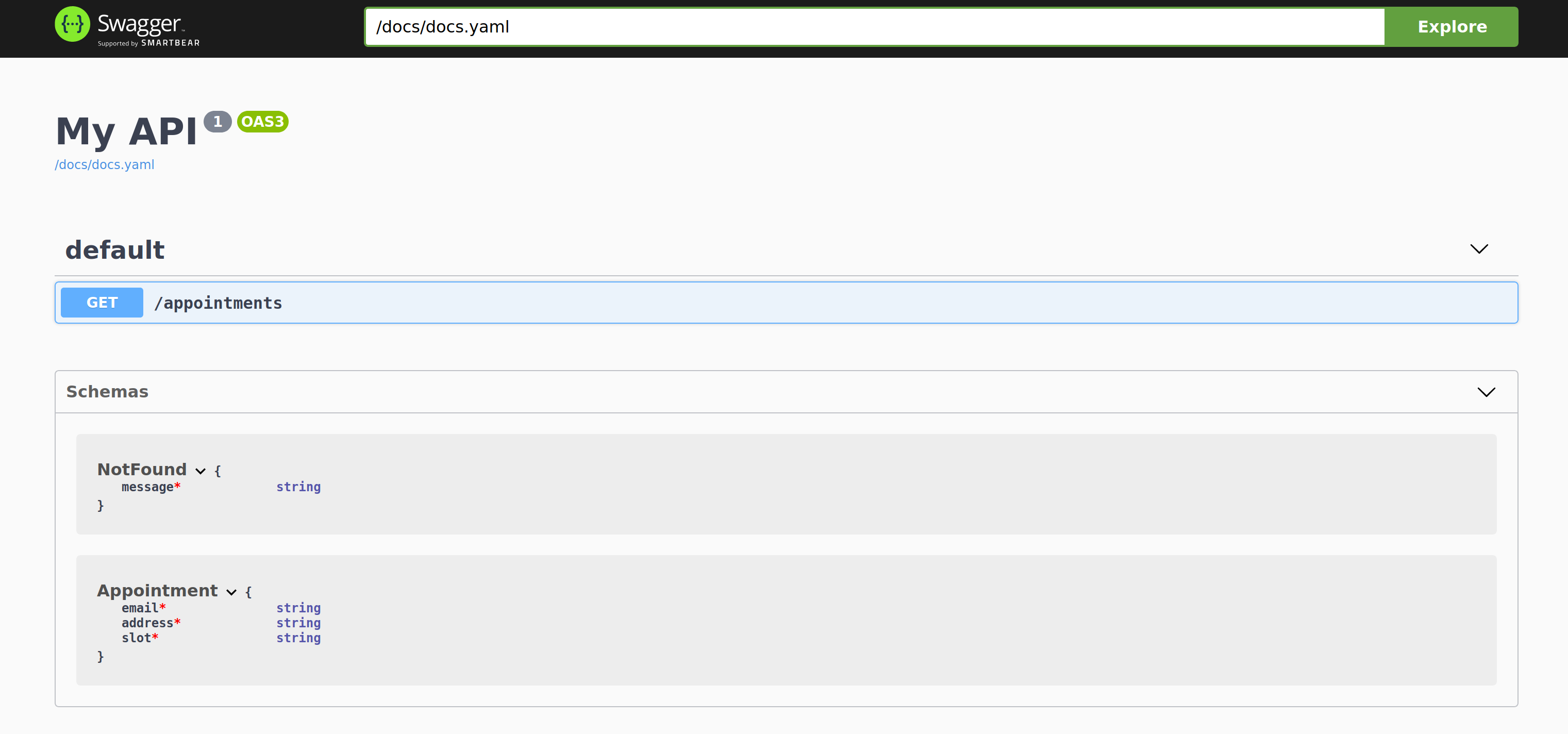Your API as Data
If you are interested in the correctness of your Web API, you should consider building a strongly typed integration between the client and the server.
Just the usual#
In most cases, defining an API and using it can be quite prone to errors.
Every Scala HTTP library has its own approach in building and defining endpoints, requests and responses which can become tedious in maintaining.
Morever, there’s no support to properly document the APIs, this means that the documentation is manually defined which will eventually lead to integration errors due to becoming outdated or to simple mistakes.
However, the most important aspect is that there’s no compile-time guarantee that the requests are well-formed and that the client will correctly communicate with the server.
Potential to improve#
I recommend having a look at Tapir or Endpoints4s.
The benefits of using any of these libraries are immediate. It involves defining the endpoints as Scala immutable values, there’s no code generation and one would only define the API once and interpret it into a client, server and documentation.
Example using Tapir#
Let the next class be our simple core model:
case class Appointment(
email: String,
address: String,
slot: String
)
API definition
One requirement would be to build an API which defines the retrieving of an appointment by a given id:
val getAppointmentById = endpoint // Empty endpoint provided by Tapir
.in("appointments") // Endpoint path
.in(query[String]("id")) // Query parameter id
.out(jsonBody[Appointment]) // Response body as json of Appointment
.errorOut(
oneOf[Error](
statusMapping(StatusCode.NotFound, jsonBody[NotFound])
)
) // Error response and status code mapping
where our error is represented by a simple ADT:
sealed trait Error
case class NotFound(message: String) extends Error
Even without the additional comments the code is quite readable. We can easily notice what is supposed to go in the endpoint and out of it, as well as which errors are expected.
Server
Given the API definition, one could start building the web server in their preferred stack. (In this case http4s)
val getAppointment: String => IO[Either[Error, Appointment]] =
id => IO {
Appointment
.appointments
.get(id)
.toRight(NotFound("Appointment is not found"))
}// Business logic to retrieve an appointment from some data source
val httpRoute: HttpRoutes[IO] = getAppointmentById.toRoutes(getAppointment)
Documentation
Similar to constructing the http route, building the documentation only implies creating an OpenAPI definition using Tapir and then building a route to represent the view of the documentation.
val docs: OpenAPI = getAppointmentById.toOpenAPI("My API", "1")
val docsRoute: HttpRoutes[IO] = new SwaggerHttp4s(docs.toYaml).routes
Swagger OpenAPI example
The output of the docsRoute can be accessed by default under /docs :

Where the API request/response definition is:

Client
On the client side, a function to create requests is built out of the endpoint definition. A request is obtained by applying the function to the given input, in this case an account Id. To send the request to the server use the STTP client.
val requestCreator = getAppointmentById.toSttpRequest(uri"http://server.host:8081")
val response = client.send(requestCreator("some-appointment-id"))
Recap
Out of a Scala case class which describes an endpoint, one can obtain a server, documentation and a client without any additional build steps or code generation and benefit from a compile-time checked integration between the client and the server.
Both Tapir and Endpoints4s are quite powerful and extensible. Both support multiple popular Scala HTTP libraries, such as Akka, http4s or Finatra.
For the full example please see demo.